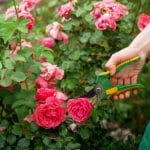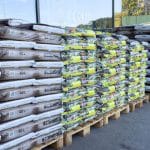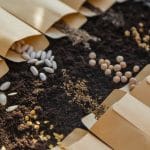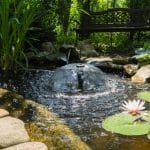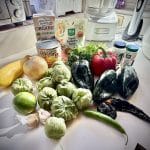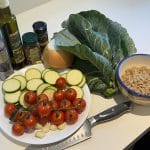Hydroponic Herb Garden: Grow Fresh Herbs Year-Round
Herbs Hydroponics
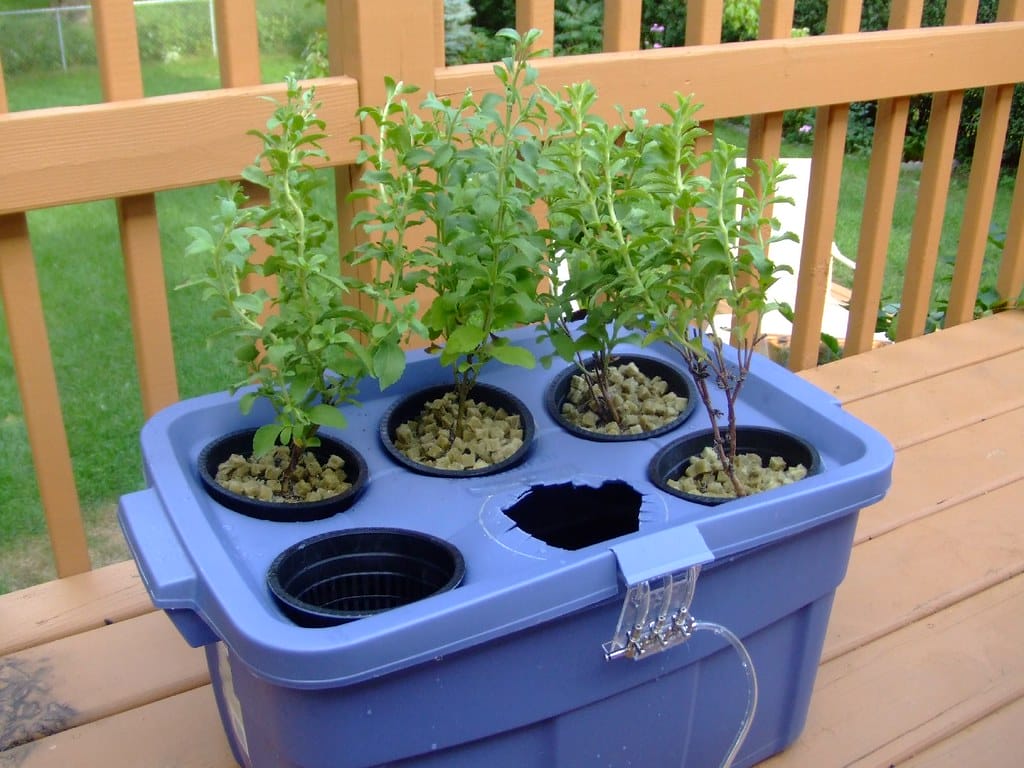
I remember the first time I tried growing basil indoors over winter. It was sad. A lanky, pale stem in a windowsill pot that looked more like it was reaching for its last rites than the sun. These days, though, it’s a whole different story — my hydroponic herb garden hums along even in the dead of January, and my basil? It’s a bushy, fragrant beast I have to trim weekly just to keep it from taking over the corner of my garage.
So if you’re curious about keeping your herbs going all year long — whether you live in a place with real winters or just want the convenience of fresh flavor without trudging through snow — hydroponics might be your new best friend.
Let’s dig in.
Why Bother with a Hydroponic Herb Garden?
Now I know what you’re thinking: “Why go hydro when I’ve got perfectly good soil outside?”
Fair question. I used to feel the same way. But after watching my outdoor parsley turn into a frozen salad one frosty night, I figured it was worth looking into something a little more… temperature-proof.
Here’s what I love about hydroponic herbs:
* They grow like weeds — Only they smell better and don’t invade your garden beds.
* No dirt, no mess — My garage stays clean (well, cleaner than my potting bench, anyway).
* No soil pests — You won’t see fungus gnats or root maggots here.
* Total control — You manage the light, nutrients, and water. Nothing left to chance.
Plus, there’s just something satisfying about grabbing a handful of fresh cilantro while dinner’s on the stove — even if it’s snowing sideways outside.
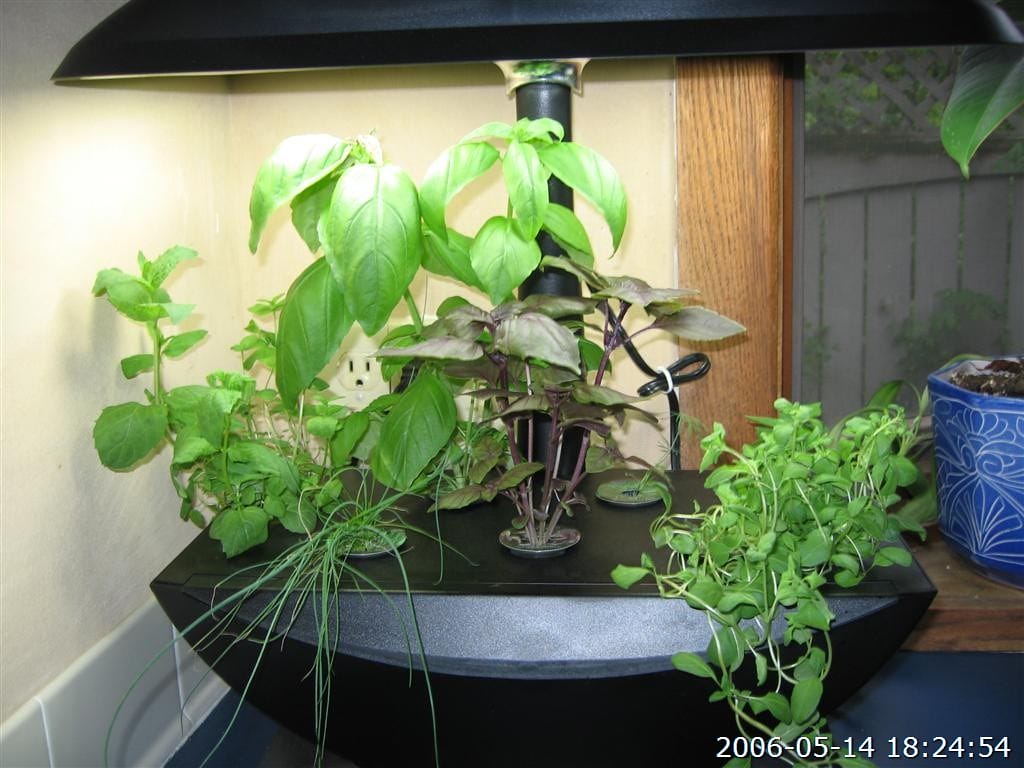
The Herbs That Play Nicest in Hydroponics
Not all herbs are created equal in a hydro setup, but plenty thrive with their roots dangling in a nutrient bath.
Here are my go-tos:
Basil
If hydro herbs had a mascot, it’d be basil. This plant lives for water. Grows fast, smells amazing, and keeps producing as long as you keep snipping.
> Pro tip: Harvest from the top, not the bottom, or it’ll start looking like a tree with a bald spot.
Mint
You know how mint tries to take over your whole garden bed? Well, in hydro, that enthusiasm turns into beautiful bushy growth without the invasiveness. Plus, mojitos.
Parsley
Takes a little longer to germinate, but once it’s going, it’ll give you a solid harvest every week. I like the curly kind, but flat-leaf works just as well.
Cilantro
A little trickier — likes cooler temps and bolts if you so much as look at it wrong — but still worth a try. Especially if you love salsa like I do.
Oregano, thyme, chives
Slower growers, but totally doable. Just give them a spot under the lights and some patience.
Building Your Setup: Keep It Simple
I started hydroponics thinking I needed to be some kind of scientist. But really, it’s just a container, some water, nutrients, and light. That’s it. The rest? Details you can work out as you go (and trust me, you will — probably around 11 p.m. with ten browser tabs open).
Start With a Basic System
You don’t need to build a spaceship. I recommend starting with a simple Kratky system — no pumps, no air stones, just water and a plant suspended in a net cup.
Here’s what you need:
* A container — A mason jar, plastic tote, even a yogurt tub with a lid will do.
* Net pots — These hold your plants above the water.
* Growing medium — Clay pellets, rockwool cubes, or even perlite.
* Nutrient solution — Start with something pre-mixed until you get the hang of it.
* Grow light — Full-spectrum LED if you don’t have a sunny window.
If you’re feeling handy, you can build a bigger setup using a storage bin and a few net cups — that’s what I did in my garage. It’s not pretty, but it works like a charm.
Light: The Secret Sauce
Light makes or breaks your hydro herbs. You can have the best nutrients in the world, but if the light’s weak, your plants will get leggy and sad.
I use full-spectrum LEDs on timers set for 14–16 hours a day. Nothing fancy — just bright enough and the right color temperature (around 6500K works well).
> Note: Don’t put the light too far above your plants, or they’ll stretch. Too close, and you’ll end up crisping the leaves. Like with kids and cookies, it’s all about balance.
Feeding Your Herbs: What They Drink Matters
Since there’s no soil to provide nutrients, you’ll need to mix them into the water. Think of it like making soup — except the plants are sipping it through their toes.
Start with a general hydroponic nutrient blend (there are organic options out there too). Stick to the recommended dose — more isn’t better. Ask me how I know.
Check your pH, especially if things start to look funky. Most herbs are happiest between 5.5 and 6.5. You can get a cheap pH tester online that does the job just fine.
Maintenance and Troubleshooting
Here’s the truth: hydro herbs need less fuss than soil plants, but they’re not totally hands-off.
* Top off your water every few days, especially when the plants get big.
* Change the reservoir every 2–3 weeks to keep things fresh.
* Wipe down the container if algae starts creeping in (light hitting water is an open invite for green goo).
* Watch for signs — yellow leaves? Could be nutrient imbalance. Wilting? Check water levels. Smells weird? Clean it out.
And if something dies? Don’t sweat it. I’ve killed basil in water just as fast as I did in soil. It happens. Plant another one and keep going.
Why Hydroponic Herbs Just Make Sense
Look, I’ll always love sticking my hands in real dirt. There’s nothing like the smell of compost and the feel of pulling a carrot from the ground.
But hydroponic herbs? They’ve earned their place.
They’re low-maintenance, space-saving, and downright convenient. Plus, they scratch the gardening itch when your beds are covered in frost and you’re pacing around the house looking for something to grow.
Best of all, they taste amazing — no wilted store-bought bunches that turn to mush in the fridge.
Final Thoughts From One Gardener to Another
Hydroponics might seem high-tech, but honestly, it’s just gardening with a twist. And like all good gardening, it’s part science, part intuition, and part learning-from-mistakes.
Start small. Grow some mint or basil on your windowsill. See how it feels. If you’re anything like me, you’ll be planning your second container before the first one’s empty.
And hey — if it doesn’t go perfectly, that’s okay. That’s how we learn. I’ve overfed, underwatered, and flat-out ignored more than a few hydro herbs in my time. But I’ve also made the best pesto of my life using basil I grew next to my toolbox.
So go on. Give it a shot. Your future soups, salads, and Saturday night pizzas will thank you.
Share this post
Table of Contents
All categories
More From The Garden
Disclosure: This post may contain affiliate links. That means if you click and buy, The Bright Garden may earn a small commission, at no extra cost to you. We only recommend products we’ve vetted and believe will benefit our readers.

